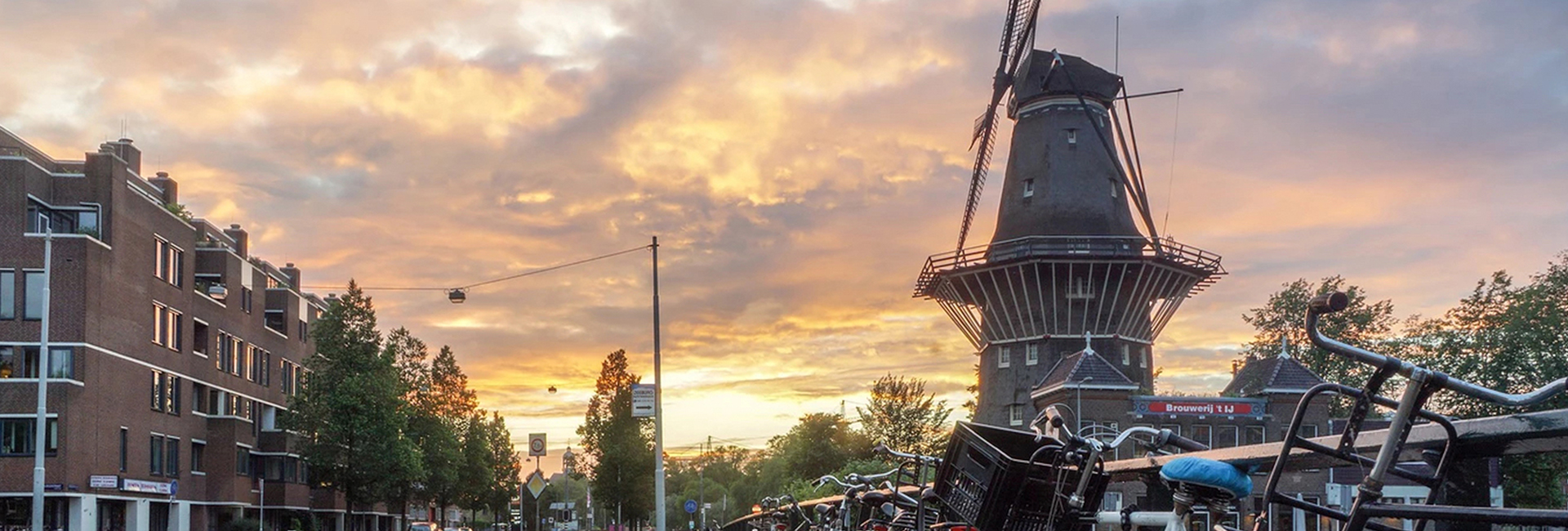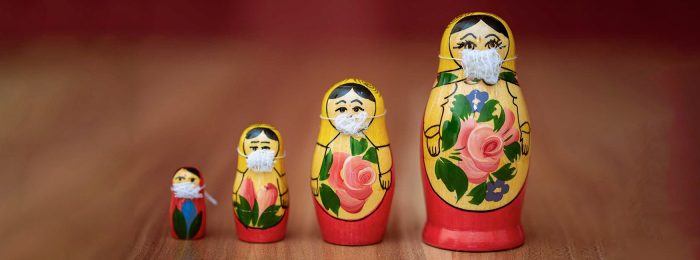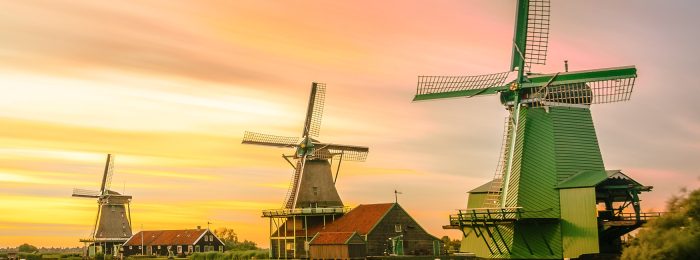Want to launch a social media campaign in the Netherlands? The popularity of Dutch social media platforms is changing. Here’s what you should know.
64% of Dutch consumers are active social media users. That’s just a few percentage points behind the Brits, and a little ahead of the Italians and Spaniards. And the number of daily Dutch users is growing.
Facebook-owned networks continue to do well. But success for WhatsApp and Instagram masks the number of users leaving Facebook itself.
So what – and where – should you post on Dutch social media? Here’s a rundown of the most popular platforms, plus all the trends you should be aware of.
WhatsApp is the Netherlands’ most popular social network. Installed on 96% of Dutch smartphones, it appeals across the generational divide. And it gets a lot of use – 42% of Dutch users check it first thing in the morning (with email a close second, particularly for older age groups). With WhatsApp advertising due to launch in 2020, brands will have even more opportunity to make the most of the app’s popularity.
Dutch railway operator NS got ahead of the game by launching a WhatsApp thriller in 2019. The plot unfolded via 210 texts, photos, and video messages. The title? “Ontspoord” (“Derailed”).
Customer support via social media is a growing global trend. Already well-established in China, it’s becoming more common in Europe too. Set yourself up for success on Dutch social media by combining great marketing with excellent customer service.
Instagram is enjoying a strong tailwind. The platform’s user base has grown by 20% since 2018, with 63% of Instagram users logging in daily – more than YouTube. This is largely due to its popularity with younger audiences.
Instagram’s also home to many of the Netherlands’ influencers. While most Dutch influencers have just 5,000–20,000 followers, their engagement rates are above the global average. Active in a relatively small territory, these micro-influencers are a great way to reach potential customers.
That said, many brands manage their own accounts. Dutch omnichannel retailer Coolblue promotes its brand on Instagram with its tagline “anything for a smile.” With 41.5k followers, it shares pictures of many smiling employees and customers.
Mobile bank ING Nederland posts content about the value of money and covers social justice topics. A clever nod to the egalitarian spirit of the Dutch, it’s a great example of a global brand taking a local approach.
Whatever your objective, Instagram’s rapid popularity makes it a worthwhile part of a localized social media strategy.
Facebook has lost popularity over accusations of fake political news and trust issues over data use. 630,000 users have left the platform since 2018 – 5.7% of the total Dutch Facebook users at the time.
However, Facebook still has 10 million users in the Netherlands, making it the second most popular social network. And it’s particularly popular among older audiences.
In line with Dutch cultural values, inclusivity is a common theme. Popular Facebook campaigns include gay couples modeling for Suitsupply (“Find your perfect fit”) and Coca-Cola celebrating Ramadan.
Pinterest has grown by 18% in the Netherlands in the last year, overtaking Twitter in the process. Big names like IKEA, cooking brand Allerhande, and DIY site Karwei have all set up company profiles, resulting in 1.9, 1.8, and 3.2 million monthly unique views.
Dutch social media is often multilingual – mostly Dutch and English. And Pinterest is no different. It makes a quick social media campaign launch in English pretty straightforward. But ultimately, like the rest of the world’s social users, the Dutch prefer an online experience in their mother tongue. Localizing content is key for maximum engagement.
LinkedIn is going strong in the Netherlands. Not only is it gaining popularity, but users are checking in more often. 19% more Dutch users now use LinkedIn daily compared to last year.
This is pretty consistent with LinkedIn’s global growth in popularity. 50% more members engage with the platform. And likes, comments, and shares have doubled. For B2B brands, LinkedIn is still the leading social network for lead generation.
FINAL THOUGHT
Dutch social media is going strong, which means competition is stiff. By selecting social networks carefully based on your growth goals and developing authentic, locally engaging content, Dutch social media is a great vehicle for building lasting opportunity.


